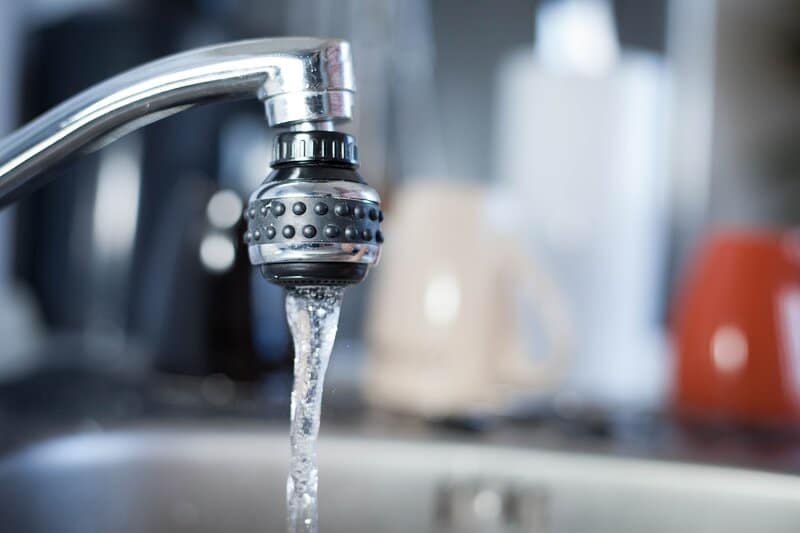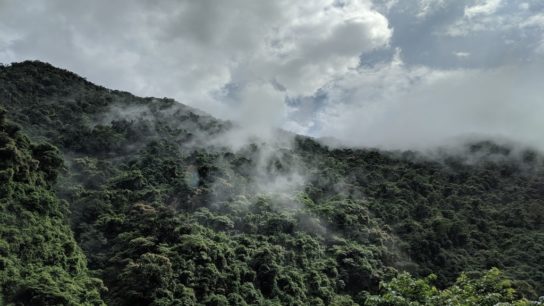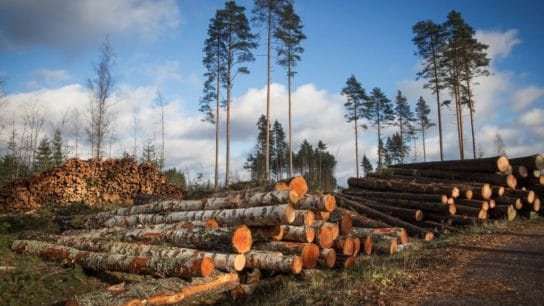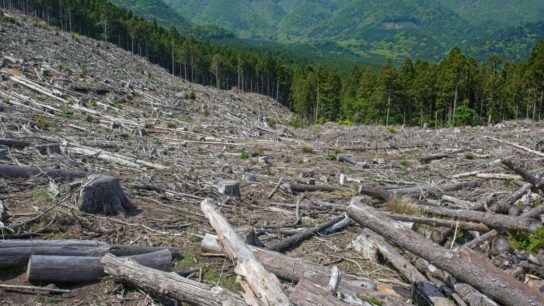Water scarcity affects 40% of the planet. As a testament to the sign of the times, water futures are now being traded on the stock market, a stark reminder of the need to conserve water and use it wisely. Washing experts Finish partnered with Dan Kraus, Senior Conservation Biologist at the Nature Conservancy of Canada and Dr Ali Nazemi, Associate Professor at Concordia University, to look into the countries with the highest domestic water usage. Which countries waste the most water?
—
The top seven countries in the world for domestic water consumption per capita are:
- Canada– population in thousands: 30 889- 29.1 m3. Starting off our list of countries that waste the most water, when combining domestic water consumption with industrial and agricultural water use, this equates to 2 333 m3 per capita. The average Canadian uses enough water to fill 40 hot tubs, or 200 bathtubs every year.
- Armenia– population in thousands: 3 090- 27.3 m3. Armenia’s water usage figure rose between 2009 and 2017 due to expansion of the public water supply network to rural areas. This means that, while Armenia’s population decreased by 7% during this period, the amount of water supplied to households increased by 75%. Their total combined water usage figure is 1 439 m3 per capita per year; a lower total compared to Canada due to Armenia’s lower green and grey water consumption.
- New Zealand– population in thousands: 3 906- 26.1 m3. Water usage is high typically due to demand in agriculture, hydro-electricity and tourism. Thanks to low figures for green, blue and grey water across industrial, domestic and agriculture, New Zealand’s total water consumption is 1 589 m3 per capita per year.
- USA– population in thousands: 288 958– 22.6 m3. Domestic consumption in the US may be attributed to easy access to safe, treated water across the country. While consumption rates are high, public domestic water use has declined since 1995, partly due to infrastructure improvements, better detection of leaks and consumers being more aware of the problems caused by water wastage. The US has a total water consumption amount of 2 842 m3 per capita per year with its green water consumption being the highest of the countries in this top 7.
- Costa Rica– population in thousands: 3 963- 19.9 m3. Costa Rica has a good track record of environmental conservation, however with clean water being guaranteed for all households, it does allow water to be more easily used. Its total water consumption is 1 490 m3, owing to low blue water figures, and comparatively lower grey water figures when compared to the US and Canada.
- Panama– population in thousands: 2 979- 18.5 m3. Panama is the biggest consumer of water in Latin America. As both its population and economy steadily grows, the country is likely to face further demand for new water sources. Household water usage is also encouraged due to the low cost of water in the country. A significantly low total blue water consumption amount sees Panama’s total figures being the lowest of this group of seven, at 1 364 m3 .
- United Arab Emirates– population in thousands: 3 330- 18.5 m3. Finishing off our list of countries that waste the most water, the UAE has the highest ecological footprint in the world, with water consumption growing significantly since 1960 (both due to population growth and high household water use). With the country’s water desalination plants burning copious amounts of fossil fuels, its demand for water is also adding to its carbon footprint. The UAE has one of the highest total water consumption across agriculture, domestic and industry at 3.136 m3, scoring highest for all three types of water usage compared to all seven countries in this list.
You might also like: Seven Financial Firms Key to Rooting out Deforestation, Report Finds
How to Reduce Your Water Consumption
High water consumption – and any rate of water wastage – will have significant environmental impacts that are felt throughout generations. Here are some simple ways to reduce your water consumption:
- Check your appliances regularly for leaks in the water pipes, including your dishwasher, toilet, washing machine, showerheads and taps in both the kitchen and bathroom.
- Switch to efficient appliances where possible. This includes efficient dishwashers and washing machines, and low-flow toilets, as well as installing efficient showerheads and aerators on taps.
- Never pre-rinse your dishes before putting them in the dishwasher. Instead, simply scrape any food into the green bin and place them in the dishwasher. If you don’t have a dishwasher, put your dishes in a tub of soapy water immediately after use, scraping off food into the green bin first. With less stubborn food to remove, you’ll be using less water and less elbow grease!
- As well as installing an efficient toilet, you may want to switch to a smaller flush tank and use recycled water for flushing. For example, if you usually run the water in the shower while it gets up to temperature, capture this water in a bucket and use that to fill the flush tank. Flushing accounts for 30% of household water use, so only use the flush when nature calls – and not as a substitute bin for disposing of things like dental floss.
- Whether you’re shaving, washing your face or brushing your teeth, don’t let the water run. On average, people use the bathroom 5 times a day – which means washing their hands at least 5 times too. You may want to switch to automated taps – where it runs on only when your hand is under the tap – to help save water even further.
- Make sure you’re not under- or over-filling your washing machine. Using a washing machine rather than handwashing is the best way to save water when washing clothes. Most clothes won’t need extra rinsing at the end either – save it for occasional special items instead.
- Check how high your water consumption is by using a water usage calculator that highlights your most inefficient areas and offers tips to help you reduce your consumption.













